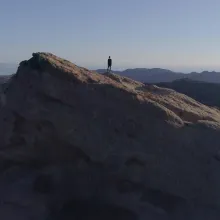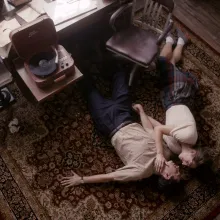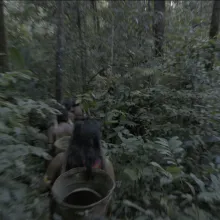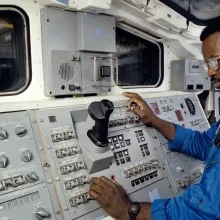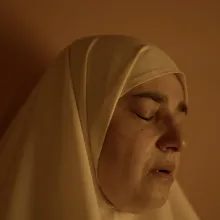Dear Readers, We are galvanized by the gains for writers (and the precious few documentarians) who are members of WGA made from the new tentative
documentary magazine
Narcissa Wright is best known for breaking the world record for speedrunning 'The Legend of Zelda: Ocarina of Time' in 2014. Speedrunning, the practice of using glitches in a game to bypass huge segment sections and play through the entire game as quickly as possible, has a huge online fan base and viewership on Twitch, a popular live-streaming platform.
Many media depictions of Chicago don’t resonate with me. As someone raised in its northern suburbs, I’m happy to watch works such as "The Dark Knight" (2008), "Widows" (2018), or one of the Kartemquin documentaries shot in the city. However, most of them focus on the city’s corrupt politics or have a strong crime element in the story. In a saturated media market where (true) crime sells, a story’s criminal and political attention-grabbing subject can overshadow the aspirations of real-life residents.
In films like 'Hoop Dreams' (1994), 'Stevie' (2002), and 'The Interrupters' (2011) and television series like 'America to Me' (2018) and 'City So Real' (2020), Steve James has established himself as one of the preeminent observational documentarians in the US. Over nearly 30 years, he’s chronicled social change in Chicago via various ordinary citizens, from aspiring basketball players to antiviolence activists. In a departure for James, his latest film, 'A Compassionate Spy,' is a real-life espionage thriller about Theodore Hall, a young physicist on the Manhattan Project.
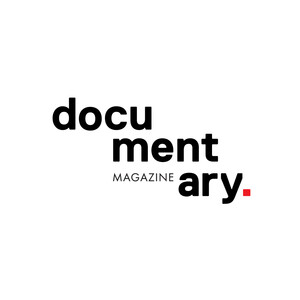
The pieces published this month celebrate Disability Pride Month and Immersive July, comprising a series of events, convenings, and articles centering on the potential of immersive technologies like AR, VR, and haptics to push forward the nonfiction form.
Morzaniel Ɨramari, an Indigenous documentary-maker from the Amazon rainforest, is traveling with his third film, Mãri Hi - The Tree of Dream, in order to raise awareness about his people’s current plight. He is the first filmmaker from among the Yanomami, an ethnic group of roughly 35,000 foraging agriculturalists stewarding a Nebraska-sized swathe of the Amazon, who live in equilibrium with nature. During Bolsonaro’s reign, through a calamitous combination of state neglect and an influx of illegal miners hungry for gold, the Yanomami suffered what President Lula da Silva terms “an attempted genocide.”
An Interview With Natalia Almada: For over two decades, Natalia Almada has combined artistic expression with social inquiry to make films that are both personal reflections and critical social commentaries, focusing on topics ranging from contemporary Mexico to our relationship with technology. Her work straddles the boundaries of documentary, fiction, and experimental film. On the occasion of the theatrical release of her latest feature Users (2021), New York’s BAM Film is presenting a complete retrospective of Almada’s work, running June 9–15, 2023.
Sheffield DocFest has survived operating as a carousel, rotating through festival directors and programmers every couple of years for the last decade
A Conversation With Jamie Shor and Sky Sitney Washington, DC, is getting its newest documentary showcase with the launch of DC/DOX Film Festival
Secure in its June slot, and without the gravitational balance of the Tribeca Film Institute’s artist support and funding programs, Tribeca Festival’s traditional coziness with corporate sponsors has proliferated in recent years (and surely must also be pandemic-related). The film selections mostly reflect this unfortunate industry-wide trend. But between the celebrity- and music-driven biodocs that stuff Tribeca’s lineup, the festival also boasts stateside premieres of hotly anticipated creative documentaries, exciting debuts from independent filmmakers, and one of the best-curated film festival immersive sections in the world. For this recommendations list, we pulled together a mix of nonfiction projects that we’re anticipating will become the festival’s discoveries.






